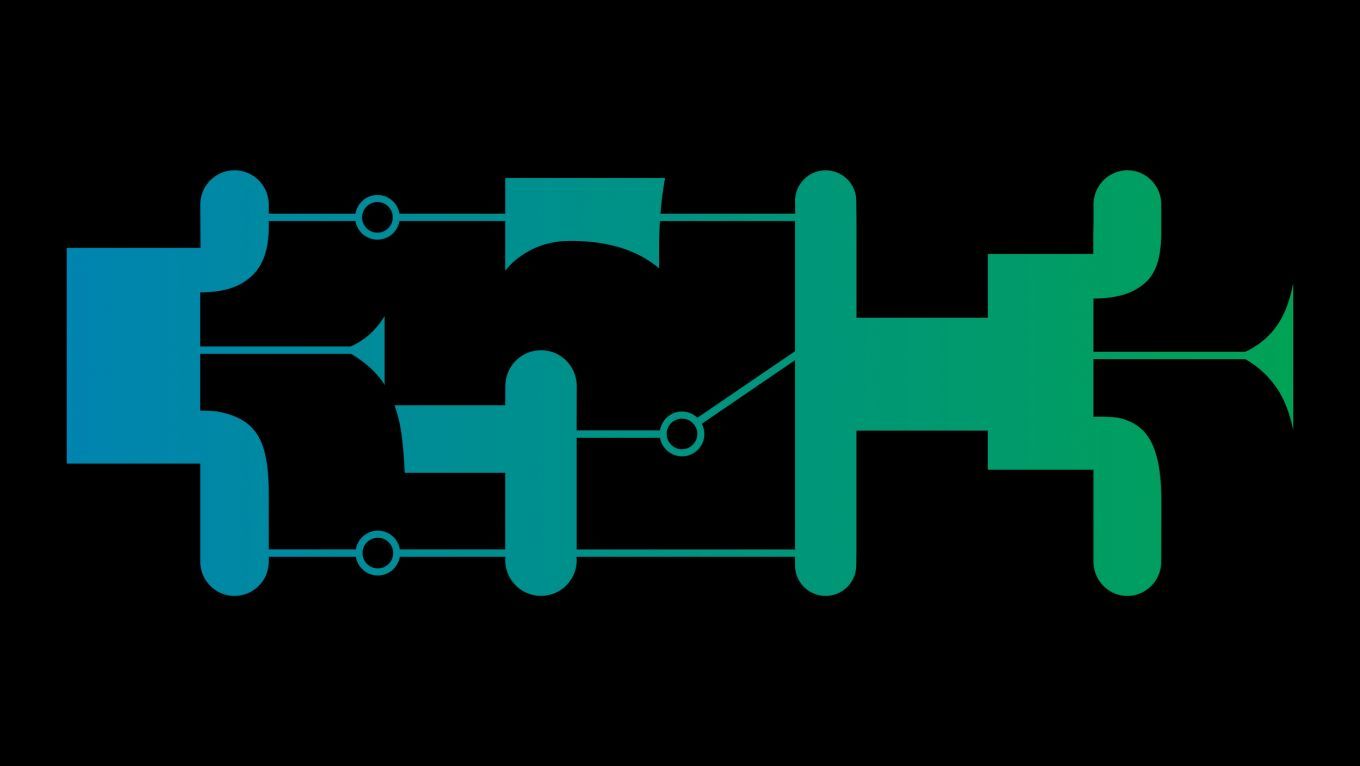Security
Exploring fraud in telephony networks
December 28, 2018
11:30 AM – 12:30 PM Add to calendar
11:30 AM – 12:30 PM Add to calendar
Clarke
Telephone networks form the oldest large scale network that has grown to
touch over 7 billion people. Telephony is now merging many complex
technologies (PSTN, cellular and IP networks) and enabling numerous
services that can be easily monetized. However, security challenges for
telephony are often neither well understood, nor well addressed. As a
result, telephone networks attract a lot of fraud. In this talk, we will
systematically explore the fraud in telephone networks, focusing on
voice telephony. We will present a taxonomy of fraud, and analyze two
prevalent fraud schemes in more detail: looking into the ecosystem of
International Revenue Share Fraud (IRSF), and discussing a new
countermeasure to the well-known problem of voice spam.
This talk aims to improve the understanding of the fraud ecosystem in
telephony networks. We first provide a clear taxonomy that
differentiates between the root causes, the vulnerabilities, the
exploitation techniques, the fraud types and finally the way fraud
benefits fraudsters.
As concrete examples, we first look into International Revenue Share
Fraud (IRSF), where phone calls to certain destinations are hijacked by fraudulent operators and diverted to the so-called ‘international premium rate services’. This fraud often involves multiple parties who collect and share the call revenue, and is usually combined with other
techniques (such as voice scam, mobile malware, PBX hacking) to generate call traffic without payment. We will further explore the IRSF ecosystem by analyzing more than 1 million `premium rate' phone numbers that we collected from several online service providers over the past 3 years.
In the second part, we will look into voice spam, a prevalent fraud in
many countries. After giving an overview of various types of unwanted phone calls, we will focus on a recent countermeasure which involves connecting the phone spammer with a phone bot (“robocallee”) that mimics a real persona. Lenny is such a bot (a computer program) which plays a set of pre-recorded voice messages to interact with the spammers. We try to understand the effectiveness of this chatbot, by analyzing the recorded conversations of Lenny with various types of spammers. As we consider the ‘benefits’ as a fundamental part of our fraud definition, we believe that chatbots can be combined with the existing fraud detection and prevention mechanisms, as a supplementary way of slowing down voice spam campaigns.
Additional information
| Type | lecture |
|---|---|
| Language | English |
More sessions
| 12/27/18 |
Since a few months we have a new version of TLS, the most important encryption protocol on the Internet. From the vulnerabilities that created the need of a new TLS version to the challenges of deploying it due to broken devices this talk will give an overview of the new TLS 1.3.
|
| 12/27/18 |
UEFI rootkits have been researched and discussed heavily in the past few years, but sparse evidence has been presented of real campaigns actively trying to compromise systems at this level. Our talk will reveal such a campaign successfully executed by the Sednit group. We will detail the full infection chain showing how Sednit was able to install their custom UEFI module on key targets' computers. Additionally, we will provide an in-depth analysis of their UEFI module and the associated ...
|
| 12/27/18 |
Meet SiliVaccine – North Korea's national Anti-Virus solution. SiliVaccine is deployed widely and exclusively in the DPRK, and has been continuously in development by dedicated government teams for over fifteen years. When we heard of this strange software, we were immediately driven to investigate it: it's not every day that you can catch a glimpse of the malware landscape inside the closed garden of the DPRK's intranet. In this talk, we will describe how we were able to obtain a rare copy of ...
|
| 12/27/18 |
In this presentation we will take a look at how to break the most popular cryptocurrency hardware wallets. We will uncover architectural, physical, hardware, software and firmware vulnerabilities we found including issues that could allow a malicious attacker to gain access to the funds of the wallet. The attacks that we perform against the hardware wallets range from breaking the proprietary bootloader protection, to breaking the web interfaces used to interact with wallets, up to physical ...
|
| 12/27/18 |
Voicemail systems can be compromised by leveraging old weaknesses and top of current technology. The impact goes way beyond having your messages exposed.
|
| 12/27/18 |
Die Venenerkennung ist eine der letzten Bastionen biometrischer Systeme, die sich bisher der Eroberung durch Hacker widersetzt hat. Dabei ist sie ein lohnendes Ziel, schützt sie doch Bankautomaten und Hochsicherheitsbereiche. In diesem Talk machen wir die Verteidigungsanlagen dem Erdboden gleich.
|
| 12/27/18 |
We all know what FAX is, and for some strange reason most of us need to use it from time to time. Hard to believe its 2018, right? But can FAX be something more than a bureaucratic burden? Can it actually be a catastrophic security hole that may be used to compromise your entire network? Come watch our talk and find out …
|

